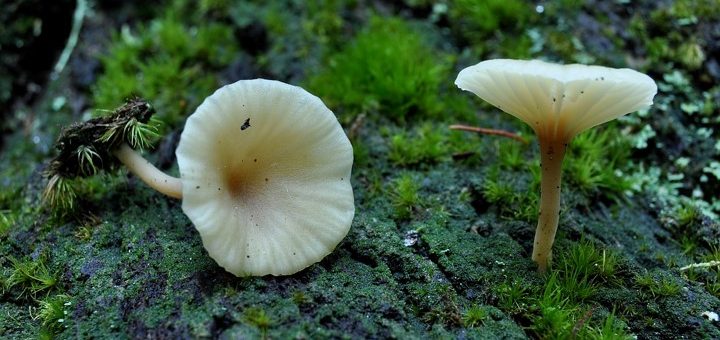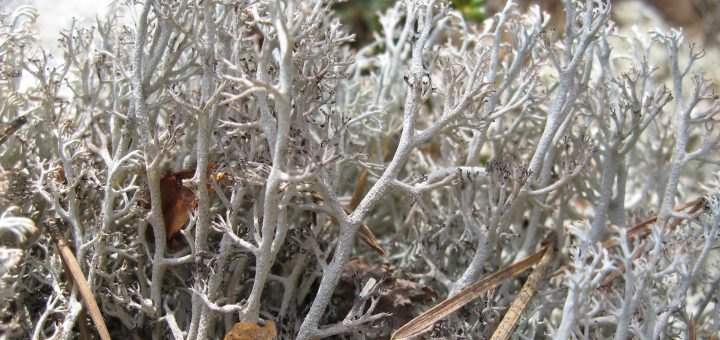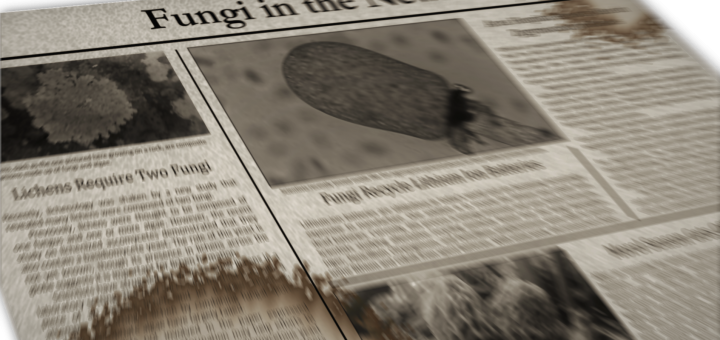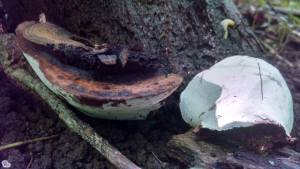#230: Lichenomphalia umbellifera
Nearly all lichens belong to the Ascomycota, but there are some lichenized basidiomycetes (often called “basidiolichens”)… and a few of those actually form mushrooms! Lichenomphalia umbellifera is a lichen that forms a small agaric. If you find this mushroom, you would probably dismiss it as just another LBM, unless you notice the lichen at its base. The lichen part of this mushroom consists of tiny green bubbles that seem to be sprinkled over its substrate. You’re most likely to find L. umbellifera in the Pacific Northwest – just remember not to overlook the small mushrooms!










![#011: Characteristics of Kingdom Fungi [Archived]](https://www.fungusfactfriday.com/wp-content/themes/hueman/assets/front/img/thumb-small-empty.png)

